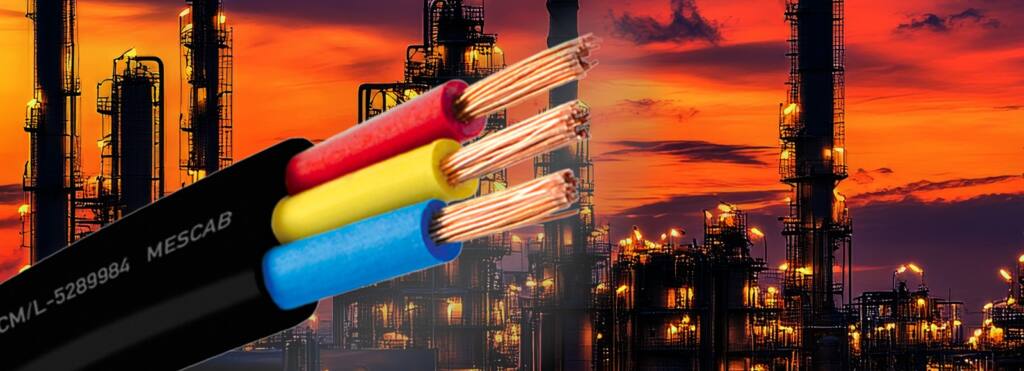Submersible cables are specially designed to handle the tough job of powering pumps underwater. Moreover, they come with several benefits that make them essential for effective water management:
Let's take a closer look at why these cables are so vital:
1. Built to Last:
These cables are made from strong materials that can withstand being underwater for a longer time without getting damaged. They resist rust, moisture, and other elements, ensuring long-lasting performance and saving money on repairs.
2. Waterproof and Tough:
Submersible cables are designed to keep water out, even when completely submerged. This prevents short circuits and ensures the pump continues to function effectively. They are also resistant to chemicals found in water, making them suitable for various environments.
3. Easy to Install:
The flexibility of submersible cables makes installation straightforward, even in tight spaces or deep wells. This flexibility also simplifies maintenance by allowing for easier cable checking and replacement.
4. Efficient Power Transfer:
Submersible cables are designed to minimize energy loss, helping to keep electricity bills down. They deliver a steady flow of power to the pump, ensuring efficient and effective operation.
5. Fit for Different Depths:
These cables come in various types to suit different depths and pumping needs.. Whether one has a shallow well or needs to reach deep underground water, a submersible cable will perfectly handle the job.
6. Safe and Reliable:
Manufacturers make sure these cables meet strict safety standards. This ensures they're safe to use and perform well under pressure, giving you peace of mind that your water system is in good hands.

